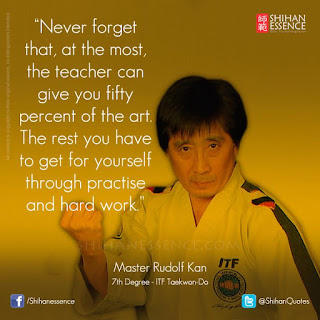by Phillip Starr
In Chinese martial arts, especially the neijia (internal styles of taijiquan, xingyiquan, and baguazhang), there are two words that must be fully understood and practiced correctly if one is to ever reach a high level of skill.
Gong (功) means, roughly, achievement, strength, power. It's the same character found in the term “gong-fu.” It DOES NOT infer the use of brute, muscular force. If a strike possesses proper “gong”, it may be said to be powerful, sharp, and strong.
The word Rou (柔) means “soft” but it does not imply a kind of “damp rag” softness. It is not flaccid; it is simply soft, not rigid. This is exactly the same word and character used in Judo, Jujitsu, Goju-ryu Karate, and so on.
Ancient classics tell us that when a strike is executed, the energy must be transmitted outward to express Gong. Until the strike impacts the target, the body and the striking limb must be in the condition of Rou; the body is relaxed and there is no excessive tension anywhere. At the instant of impact, energy is transmitted outward and Gong occurs. It is important that we ALLOW THE IMPACT TO CAUSE THE PHYSICAL CONDITION OF GONG. The instant after impact, the body and limb must become Rou again. This will occur naturally unless we consciously try to stiffen the body at impact or relax it immediately afterwards.
The best analogy is that of swinging a chain. A chain is soft; it can easily be folded up and carried in the hand. As it swings through the air, it remains soft...until it hits something. And it is the MOMENTARY RESISTANCE of the target that causes it to become an iron rod for a micro-second, after which it once again becomes soft. We would say that it is Rou until the instant of impact and the IMPACT CAUSES IT TO BECOME GONG...but only for a micro-second.
Rou is soft, like cotton. But it's also alive, like elastic. It is not flaccid at all, but it has no stiffness in it.
The key to using these two qualities efficiently lies largely in posture and structure/alignment, which involves much more than simply standing straight. Another element is using Gong and Rou at the appropriate times. When a technique is executed, the body must remain in the condition of Rou and the yi (and consequently, the qi) must be extended forward, to the target. Gong occurs naturally when impact is made, but only if the body's structure is correct.






















No comments:
Post a Comment